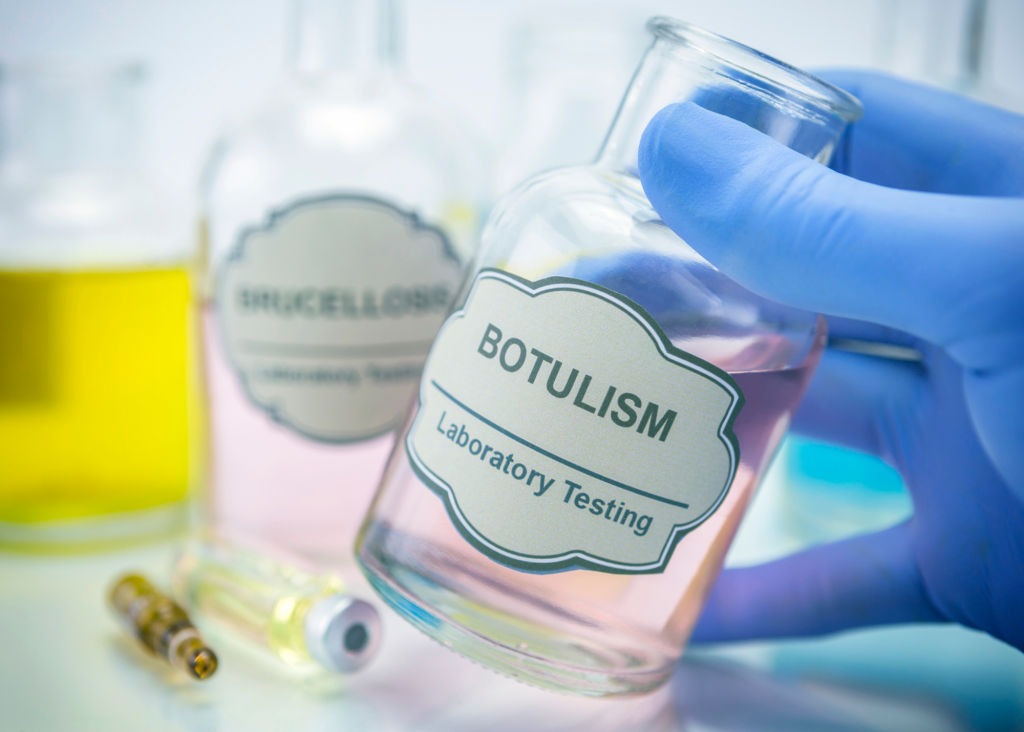Ah, the great debate. Well, part of the great debate that is. Which is better? Open to the air fermentation, or closed? Or is it a good, better, best scenario? I have gone over parts of this topic in my posts here and here. Because I’ve discussed portions of this topic already, I will be starting this discussion off with the conclusion that oxygen exposure to ferments has a negative impact on the LABs responsible for traditional, high quality ferments. There are, however, many ways to achieve this “no-oxygen exposure”…or so it seems. In this post we will discuss some of the possible fermentation methods, and try to address the concerns that go along with these. Welcome to a discussion on ferments exposed to oxygen!
Ferments Under the Brine are not Exposed to Oxygen

Discussion on brine and ferments exposed to oxygen:
“As long as the vegetables stay under the brine, they are in an anaerobic environment.”
Response:
I get the thinking behind that, but I’m not sure how sound it is. When you think of the oceans, it’s essentially like the brine you are utilizing for your fermenting; salt water. However, upon looking at science, it is discernable that oxygen is in the water. The animals in the oceans breathe oxygen which their bodies pull from the water. So we see that the oceans are, generally speaking, not an anaerobic environment, and I’m not identifying a big difference between that situation and a brine ferment with a cloth over the opening.
Topping with Oil will Address Oxygen Exposure

Discussion on oil to seal ferments from oxygen exposure:
“Top your ferment with oil and that will enable an anaerobic environment.”
Response:
The main concern I see with this method is a possible botulism encounter caused by the Clostridium botulinum bacteria. Normally this isn’t a bacteria we have to worry about because it’s the toxin that the bacterial spores create which causes physical harm. Only under certain conditions can this occur:
- Low-oxygen/anaerobic environment
- Not acidic – must be above pH 4.6
- Low sugar
- Low salt
- Specific temperature range – most need to be between 86-104 degrees F (and cannot grow below 50 degrees F), however some can grow in temperatures as low as 38 degrees F
- Specific amount of water
Because fermented foods have a low pH, the bacteria is killed off before it can produce the toxin. However, since the oil is separate from the brine, it is possible the bacteria can be in the oil itself and be “safe” from the dropping pH. The ensuing low-oxygen environment allows the bacteria to produce it’s toxin and infect the ferment.
In addition, there has been research showing botulism risk for foods stored in oil at room temperature. While it is possible you won’t have a problem with botulism, since the toxin is colorless, odorless, and tasteless, I feel it is a risk to weigh out carefully.
Cost
On a side note, a few months of toping ferments with oil would pay for a proper fermenting container. This would last for years and years to come with correct care. In the long run, it’s just not economical.
Quality of Oil
As I was doing some investigating on this topic, I did come across a few research articles pertaining to this concern. It seems that there are oils which are oxygen permeable. However, on closer inspection, this was mentioned in the context of oils that have been highly processed and have additives. So just bear that in mind if you decide to go this route, and choose your oils carefully.
Vacuum Sealing Lids will Fix Oxygenation Concern
Discussion on vacuum sealing lids:
“Using vacuum sealed lids is equivalent anaerobic fermenting equipment. The oxygen is pulled out and the lid is sealed tight.”
Response:
Taking out the oxygen at the start of your ferment doesn’t mean the lid itself is airtight or stays that way. The vacuum created does press or suck the lid down more than just screwing the lid on tightly. However, this will again be disrupted by carbon dioxide and other gasses being produced. They put upward pressure on the lid and break the “downward vacuum seal.” Eventually, this upward pressure will decrease as carbon dioxide production slows, and the lid pressure is basically back to “normal,” letting gasses in and out.
This post is not adequate to go over all the ins and outs of the next logical response…
“If the lid is on tightly, no gasses will be coming in or out.”
I continue the discussion on ferments exposed to oxygen with the topic of mason jars as fermentation tools in this post.
Thoughts On Fermentation Styles
The three different types of fermentation styles discussed have, in my mind, significant issues relating to creating that traditional, high quality ferment. In my post on historical fermentation, we see that the plethora of methods used in ancient times (and even today) all have one thing in common; an anaerobic environment. The three methods in our discussion on ferments exposed to oxygen just don’t meet those requirements to the full or in a safe way.
In my post on the best fermenting equipment to use, I discuss two styles of fermenting vessels I have come across that seem to be the best suited for a modern/western lifestyle. They are water-lock crocks, and fido jars with a modified lid fitting a water airlock.
I like to be reminded that I am no one will care more about my health than I do. And it’s probably the same for you. With that in mind, delve into some more of the articles here at Healthy Joyous Living and arm yourself with well researched and thorough responses to all your fermenting questions. Then, decide for yourself the best path forward to a healthier you!


Leave a Reply